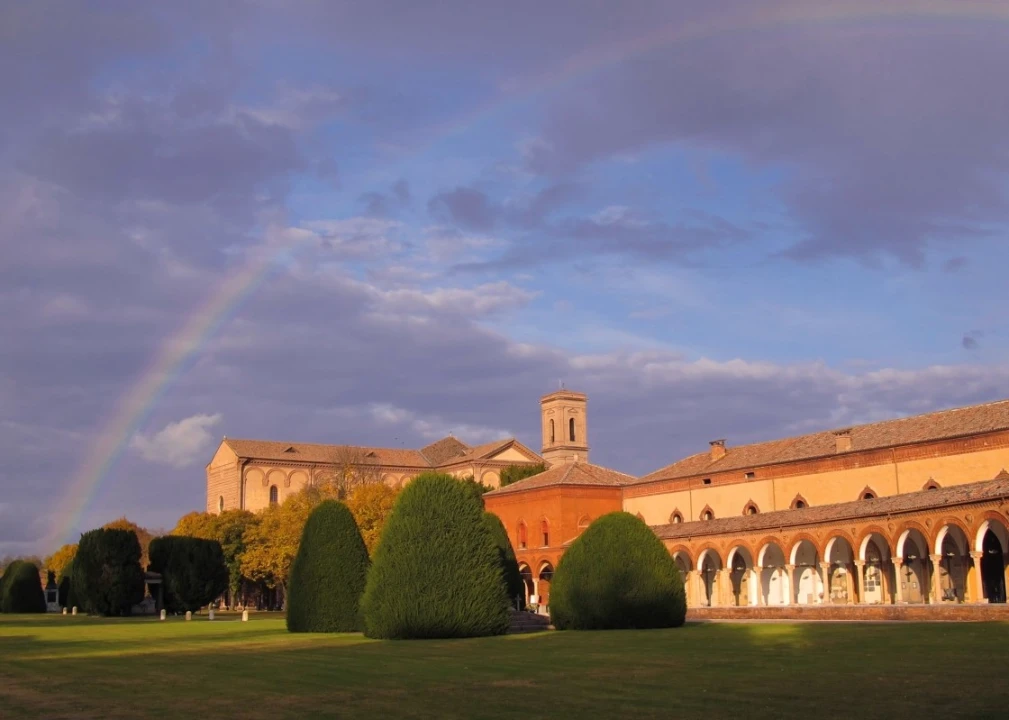Ferrara, in Emilia-Romagna, with its invaluable testimonies from the Renaissance, is one of 55 Italian sites on UNESCO’s World Heritage List, inserted in 1995. The Po Delta Regional Park, a highly precious natural ecosystem, was inserted on the List in 1999 for being a unique cultural landscape and example of intelligent human construction within nature.
Rich in artworks and medieval architecture, Ferrara became a Renaissance jewel in its own right, thanks to the contributions of some of Italy’s most treasured artists – including Piero della Francesca, Jacopo Bellini and Andrea Mantegna – who were at the service of the House of Este. The Este Royals made an incredible and profound mark on the history of this city.
Among Ferrara’s particularities are its enchanting network of streets making up the urban structure; based on a project commissioned by the Este Family, the so-called ‘Herculean Addition’ gradually developed from the 14th Century on. The project was the first modern example of city planning, and made Ferrara one of the few big cities on the Peninsula not to be based on a Roman plan. Instead of beginning in the center, the city springs up on a linear axis alongside the banks of the Po River, with its streets running lengthwise.
Among some of the city’s most prized architecture, San Giorgio Cathedral, dating back to the 12th Century, is without a doubt the most important symbol from the Medieval era. Its façade, rather particular, features a lower portion originally begun in the Romanic style, while the upper portion was subsequently completed in the Gothic tradition.
At the city’s heart lies Piazza della Repubblica, where one finds the majestic Estense Castle, exemplary monument of the opulence and pompousness of the Court. Built in 1385, the Castle – with its towers, crenellated walls and deep moat – dominates this urban panorama. To visit the inside – its ducal apartments, kitchens and prisons – is to take a tour through the Medieval Age itself.
Ferrara’s splendor can also be attributed to its other numerous works of historic architecture. Joined to the Estense Castle by a covered walkway, the Palazzo Municipale, from circa 1200, was the royal residence of the Estense. Today the Commune seat, the structure sits on the Piazza della Cattedrale, boasting its characteristic horse sculpture or Volto del Cavallo, mounted by (redone) statues of Nicolò III and Borso d'Este.
Nearby, then, is Palazzo Schifanoia, wanted by Alberto V d’Este in 1385 and successively expanded. Today it houses the Museum of Ancient Art, hosting collections of varying nature – from the 13th-Century wing to the ‘Hall of Months,’ containing one of the most important fresco cycles from the 15th Century. Also worth a visit are Palazzo Costabili, said to be a commission of Ludovico the Moor (today it is the location of the National Archaeological Museum); and the Palazzo dei Diamanti (built on the request of Sigismondo d’Este), featuring a rusticated façade in white and pink marble, as well as the National Painting Gallery inside. Of enormous value, finally, is the Po Delta Regional Park and its splendid panoramic view of the Delizie Estensi or “Beauties of the Estense,” a grouping of some thirty villas and hunting and summer retreats built in this zone, that testifies to the major influence of Renaissance and Estense cultures on the natural environment.
Creations by both man and nature unite with a rare harmony in the Po Delta, rendering a visit here a delight for spirit as well as sight.




